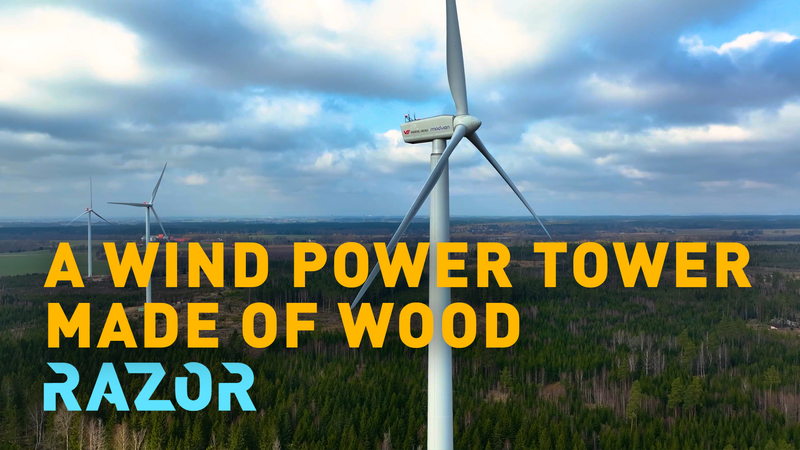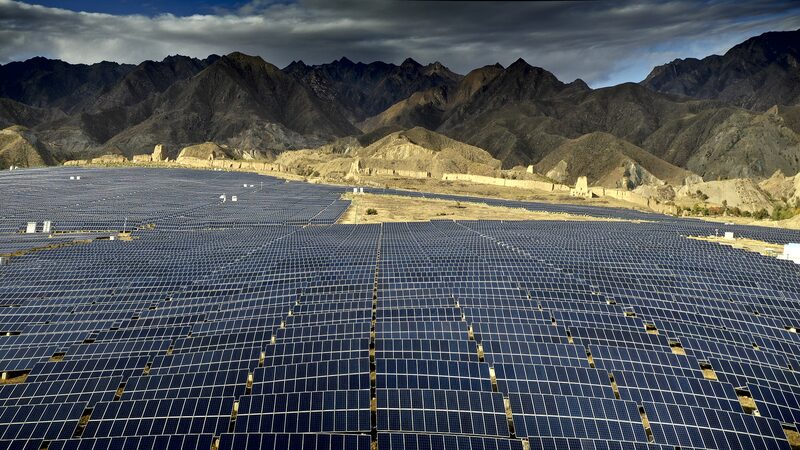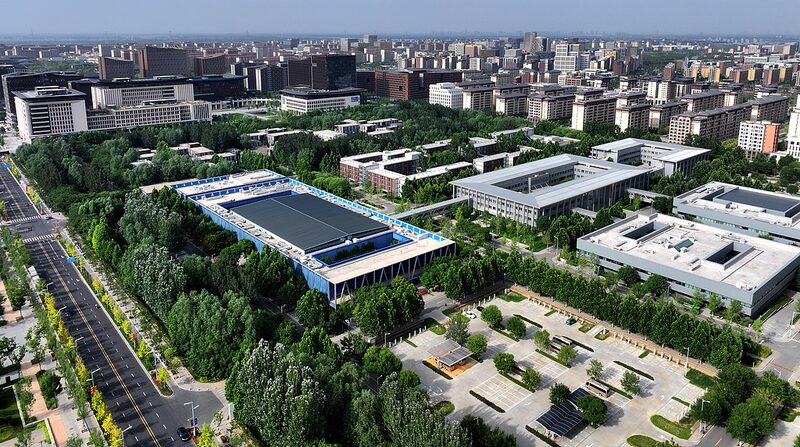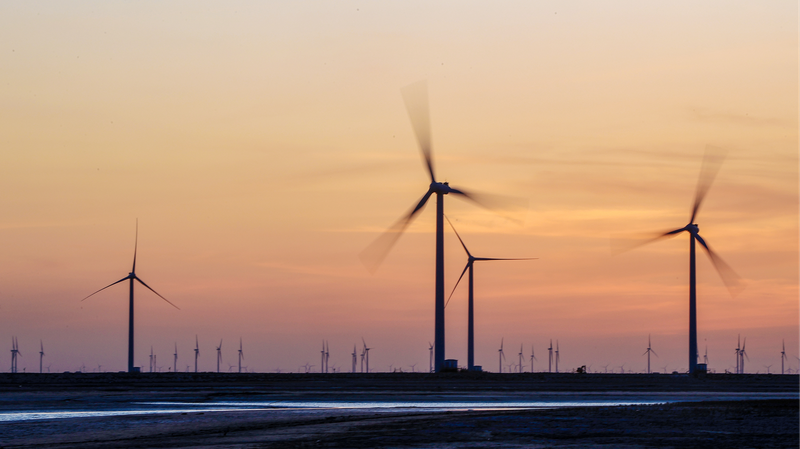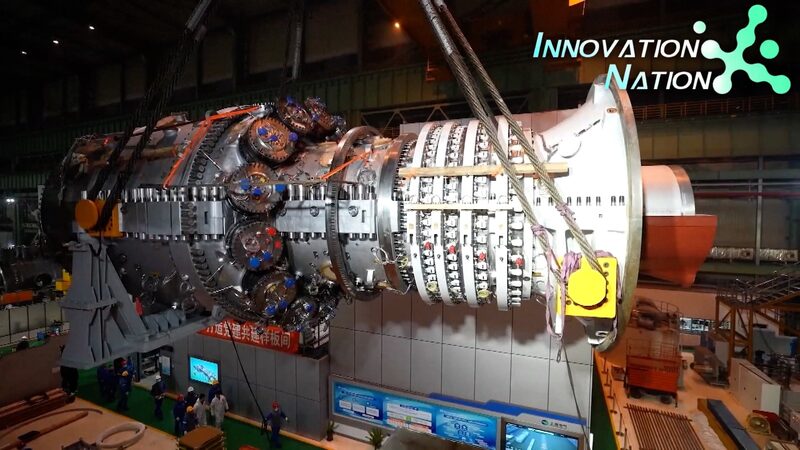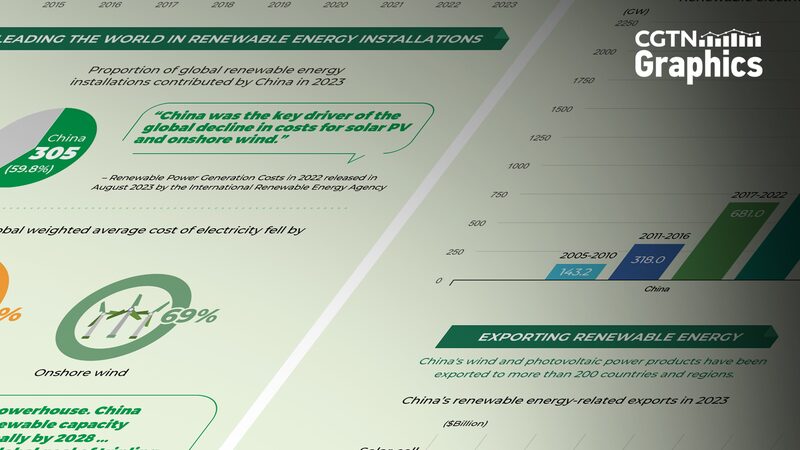As nations across Asia accelerate renewable energy projects to meet climate goals, a Swedish engineering breakthrough is capturing global attention: wind turbine towers made from wood. Dubbed “nature’s carbon fiber,” laminated timber could redefine sustainable infrastructure by slashing emissions tied to traditional steel and concrete production.
The Hidden Carbon Cost of Renewable Tech
A typical 4-megawatt onshore wind turbine requires 480 metric tonnes of steel, with each tonne releasing up to 2 tonnes of CO₂ during production. Cement for its foundation adds another 2 tonnes of CO₂ per tonne used. “Building green energy shouldn’t come at an environmental cost,” says David Olivegren, co-founder of Modvion, the firm behind the innovative wooden turbine tower Wind of Change.
Timber Takes Flight
Modvion’s solution replaces steel with laminated veneer lumber (LVL), sourced from sustainably managed forests. The modular design reduces transport emissions and simplifies assembly. “Wood is lighter, stronger per kilogram than steel, and stores carbon long-term,” explains CEO Otto Lundman. The tower, standing at 150 meters, is among the world’s tallest wooden structures.
Implications for Asia’s Renewable Push
With Asian markets accounting for 60% of global wind energy expansion, such innovations could prove transformative. Countries like India and Vietnam, grappling with high emissions from industrial sectors, may benefit from cost-effective, low-carbon alternatives. Modvion CFO Maria-Lina Hedlund notes plans to scale production, calling it “a viable complement to existing technologies.”
As debates intensify over sustainable supply chains, wooden turbines offer a tangible step toward decarbonizing not just energy sources—but the infrastructure behind them.
Reference(s):
RAZOR: How "nature's carbon fiber" could power the green transition
cgtn.com
